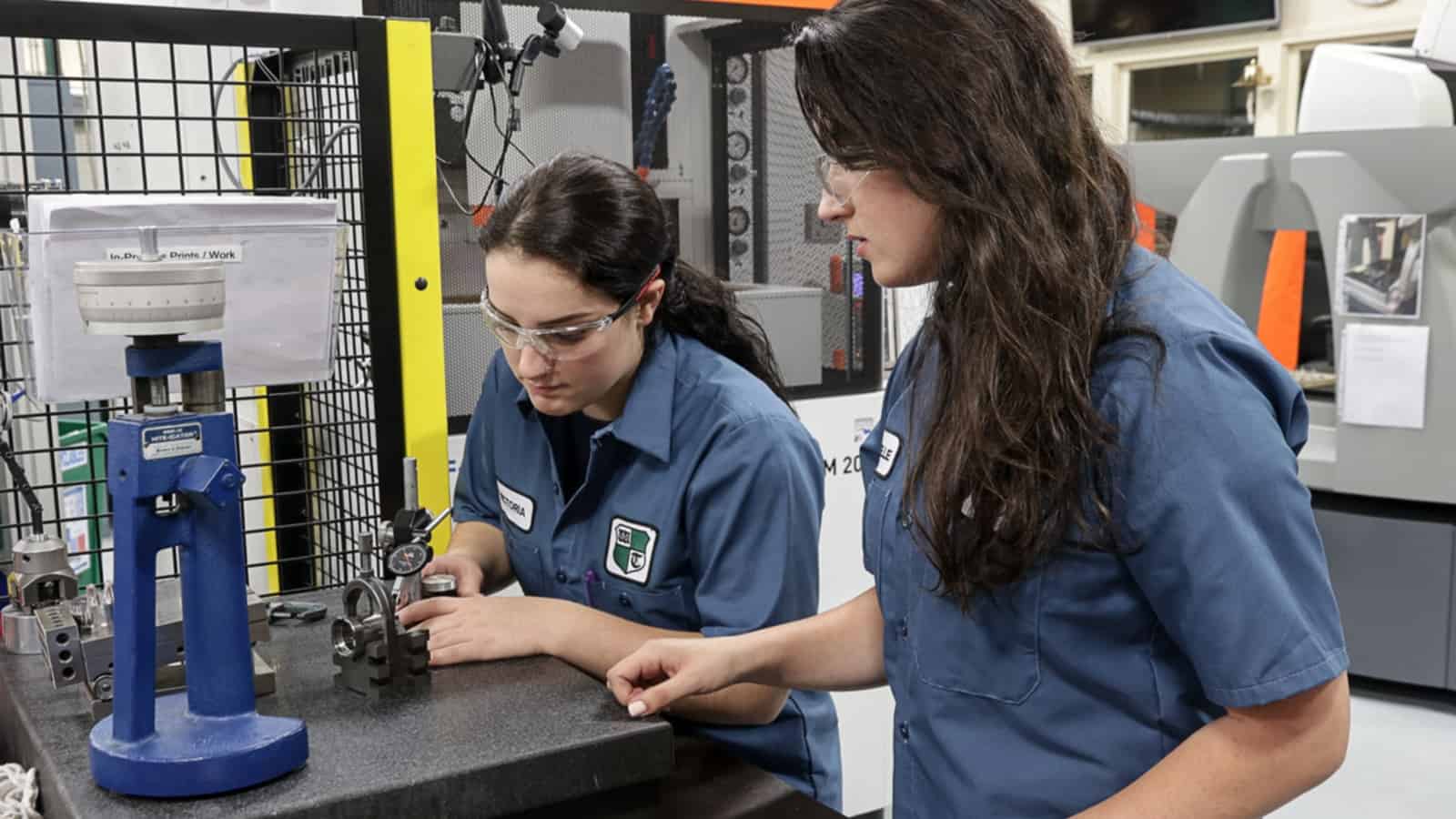Tax Change Throws a Wrench in Westminster Tool’s Operations

As a family-owned small business that works with giant, complex industries like aerospace and medical devices, Westminster Tool knows its ability to innovate is what sets it apart. The 25-year-old company makes complex injection mold systems, composite tooling and components—including devices used in medical transplants and high-performance plastic parts for military aircraft.
- “We’re constantly looking to improve ourselves,” said Westminster Tool Chief Financial Officer Colby Coombs. “We’re always looking to push technological advancements, bring products to market faster, improve quality and reduce cost.”
So when a harmful R&D tax change went into effect, it caused real problems for the Connecticut-based company.
The change: Until recently, businesses could deduct 100% of their R&D expenses in the same year they incurred the expenses. But since last year, the tax code has required businesses to spread their R&D deductions out over a period of five years, making it much more expensive upfront to invest in the kind of innovation at which Westminster Tool excels.
The impact: As a result of the policy shift, Westminster Tool has found itself paying significantly more in taxes—and having to scale back its ambitions.
- “The impact has been large,” said Coombs. “Because of this change, I had to reconsider a contract that was going to mean new jobs and diversification just based on the cash flow that I needed in order to pay the government.”
- “Ultimately, this law may prohibit me from hiring more people, training more people in new skills, investing in our community and bringing in new work stateside.”
The uncertainty: As a result of uncertainty, small businesses are being forced to hold off on investments they can no longer afford.
- “I am at the mercy of this law, waiting to see how it plays out before I can make any large-scale investment in our business,” said Coombs. “It is putting massive pressure on our ability to grow and be an employer of choice in our community.”
The urgency: Coombs also emphasized the international nature of the challenge. With so many global competitors—especially those based in China, which provides a super deduction for manufacturers—an inability to invest in R&D will hurt manufacturing in the U.S.
- “If Congress doesn’t do the right thing this year, this is going to be a job growth prohibitor or a job killer,” said Coombs. “We are trying to compete with international competitors that aren’t hamstrung by this problem. If Congress fails to fix this issue, it will drastically impact my ability to compete with the global powers in our industry.”
The small business effect: Coombs notes that small businesses in particular will be harmed by this change, since they don’t have the cash reserves to take on significant new expenses.
- “Small companies don’t have the balance sheets to handle this,” said Coombs. “We are doing the best we can to survive, to represent our state, to make advancements and offer the best job opportunities we can. This law is prohibiting me from doing what we’re striving to do.”
The last word: “Failure by Washington to reverse this change will put companies underwater and out of business,” said Coombs.
You can find more information and ways to take action at the NAM’s R&D Action Center.
